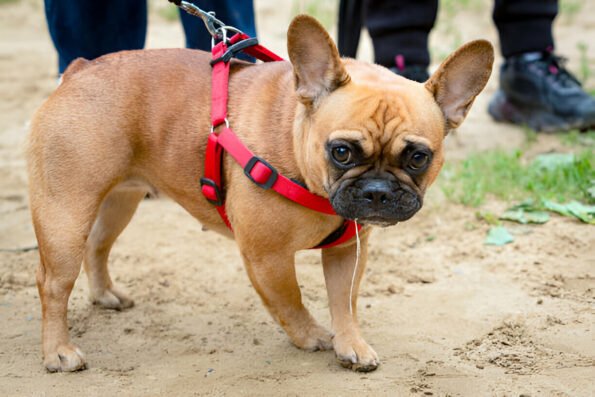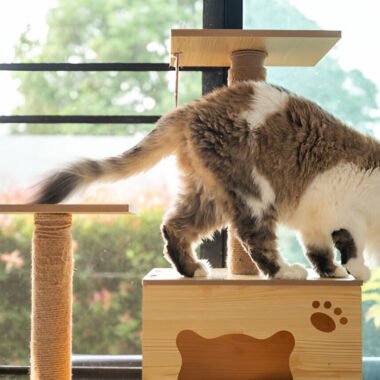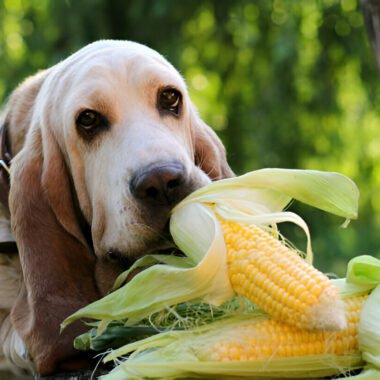Table of Contents
Understanding the French Bulldog Tail
When it comes to French Bulldogs, one distinguishing feature that often catches people’s attention is their adorable little tail. Unlike other dog breeds with long, wagging tails, French Bulldogs have what is known as a “screw tail.” In this blog post, we will explore everything you need to know about the French Bulldog tail, including its appearance, purpose, and care.
Appearance of the French Bulldog Tail
The French Bulldog tail is short and curled, resembling a screw or a corkscrew. It is typically set low and sits just above the dog’s anus. The tail is generally straight at the base and then curls tightly towards the back. The length of the tail can vary, but it is usually no longer than a few inches.
The shape and position of the French Bulldog’s tail are due to a genetic mutation. Unlike some other breeds with curly tails, such as Pugs, the French Bulldog’s tail is not docked or artificially altered. It is a natural characteristic of the breed.
Purpose of the French Bulldog Tail
While the French Bulldog tail may be short and unique in appearance, it serves the same purpose as any other dog’s tail. It helps with balance and communication. Dogs use their tails to express their emotions, and French Bulldogs are no exception.
When a French Bulldog is happy or excited, you may notice its tail wagging vigorously. On the other hand, if the dog is feeling anxious or scared, the tail may be tucked between its hind legs. Understanding your French Bulldog’s tail language can help you better interpret its mood and emotions.

Caring for the French Bulldog Tail
As a French Bulldog owner, it is important to take proper care of your pet’s tail. Due to its unique shape, the French Bulldog tail is more prone to certain issues compared to other breeds. Here are a few tips to keep in mind:
1. Regular Cleaning
Because the French Bulldog’s tail is short and tightly curled, it can sometimes trap dirt, debris, or moisture. It is essential to clean the tail regularly to prevent any irritation or infection. Use a soft cloth or baby wipes to gently wipe the area, taking care not to tug or pull on the tail.
2. Watch for Infections
The skin folds around the tail can be a breeding ground for bacteria or yeast, leading to infections. Keep an eye out for any redness, swelling, or foul odor around the tail area. If you notice any signs of infection, consult your veterinarian for appropriate treatment.
3. Avoid Tail Injuries
Due to the French Bulldog’s short tail, it is more susceptible to injuries. Take extra precautions to protect your dog’s tail from accidental tugs, pulls, or getting caught in doors. Be mindful of your dog’s surroundings and ensure a safe environment to prevent any tail-related mishaps.
4. Regular Vet Check-ups
Regular visits to the veterinarian are crucial for overall health, including the tail. Your vet can examine the tail for any signs of abnormalities or issues and provide appropriate guidance for its care.
In Conclusion
The French Bulldog’s tail is a unique and endearing characteristic of the breed. While it may look different from other dog tails, it serves the same purpose and requires proper care. By understanding the appearance, purpose, and care of the French Bulldog tail, you can ensure that your furry friend remains happy and healthy.











